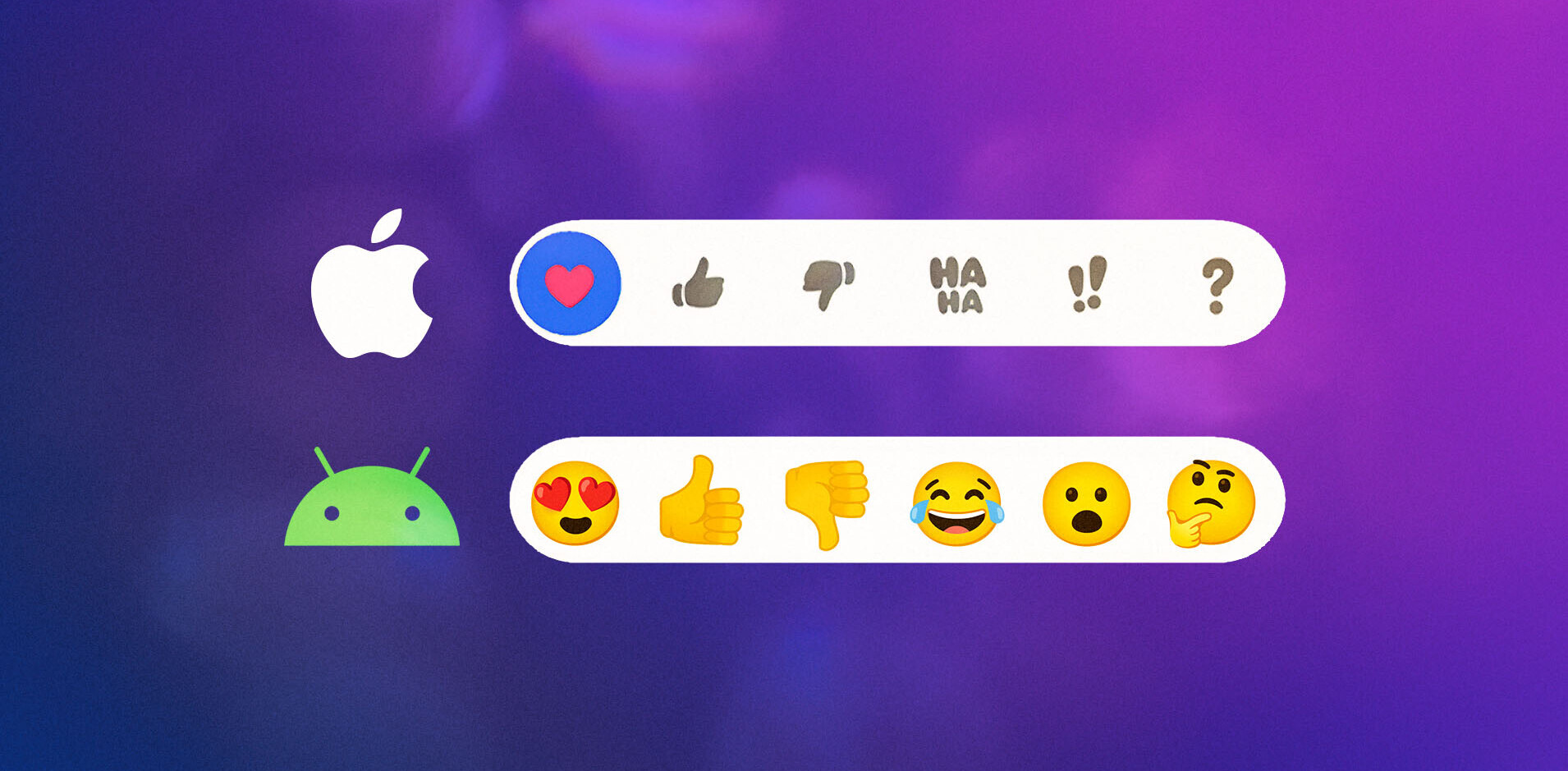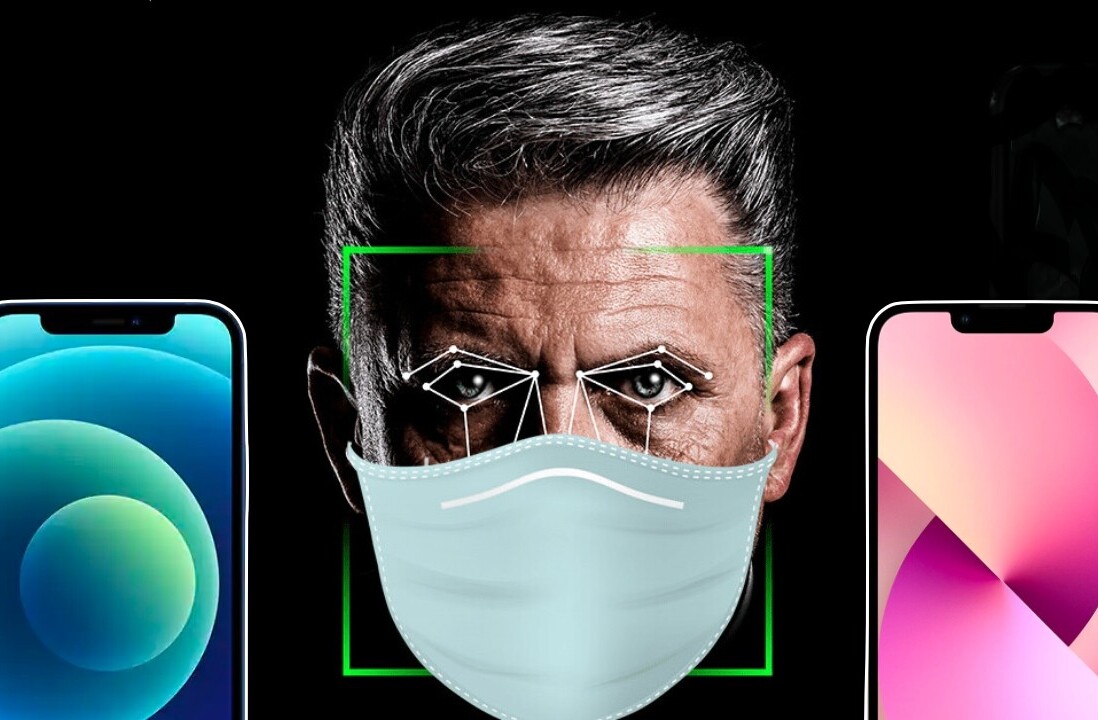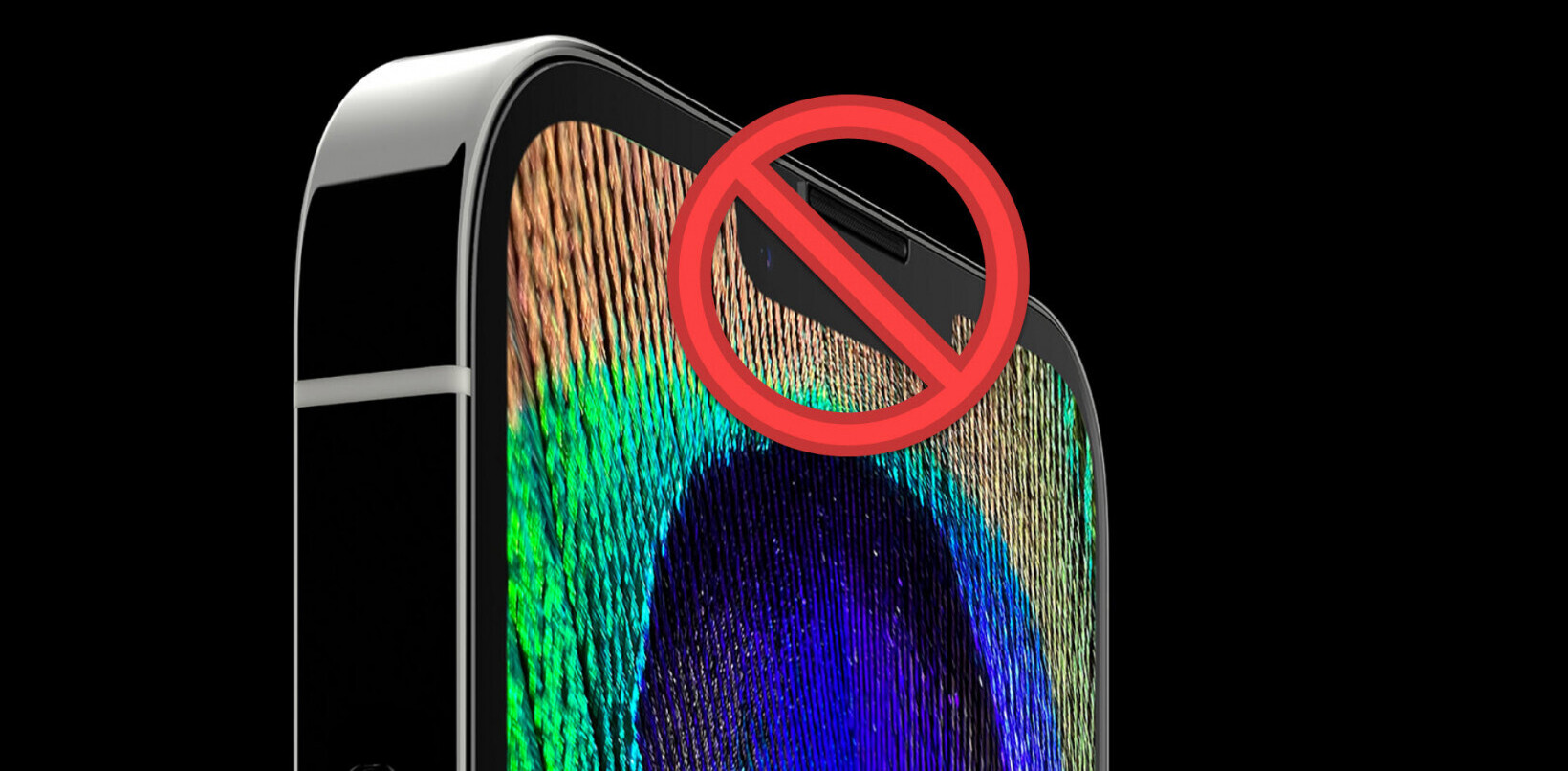
One of the major questions about the effects of Apple increasing the iPhone’s screen size to 4″ was how that would affect the 700K apps on the App Store. Developers had been at turns skittish and confident about how their apps would translate in the weeks leading up to the event.
We reached out to a few active iOS developers to get their thoughts on whether the larger screen would mean delays or a more difficult development process. The general consensus was that it shouldn’t pose too many huge problems, but that it would be a lot easier to test their apps if they had a device in their hands.
Most apps, Apple explained during the event, will run letterboxed on the new iPhone until they’re updated to take advantage of the larger screen. In fact, a new default launch image will need to be added to any app that wants to utilize the full screen, so developers must submit an update for that to happen. But the addition is a simple one, so they can theoretically get apps up and running quickly.
How they’ll look once they’re spread out to the larger screen, though, is a matter of how exactly they’re put together. “It’s hard to say,” says Tweetbot developer Paul Haddad. “For some apps it’s really easy for others it’d involve an entire redesign of the app.”
Haddad and Mark Jardine of Tapbots produce a host of heavily customized apps that fall into the “will need some work” category. “We plan to have Tweetbot out by the time the iPhone 5 ships,” says Haddad, providing that the app makes its way through Apple’s review process in a timely fashion.
Some apps, ones that use a ‘table view’ element, will likely be able to simply “stretch the middle”, letting the table spread out to the top and bottom of the screen. But even those types of apps will need some tweaking before they’re completely fit to ship on the new iPhone. Apps that use custom graphics all around, like those with bespoke interfaces or many 2D games, will need a full revamp.
For a preview of that, here’s an image of what Tweetbot will look like on the iPhone 5:
Other developers are more cautiously optimistic about how their apps will translate. “I suspect all our clients are going to want to move on to the new aspect ratio as soon as possible—nobody wants to have a big letterbox around their app,” says developer Marco Tabini. “The introduction of a new aspect ratio is not quite as simple as Apple pictures it, in my opinion.”
“Apps that have complex layout will have to be rethought, and in some cases there could be significant work involved,” says Tabini.
But the timetable is pretty aggressive, and he feels that it’s going to be a much tigher squeeze to get apps ported, tested, submitted and reviewed before the iPhone 5 launches.
Wide phone is wide. Stretching the PCalc keyboard across the full width looks wrong. Wish I had a device to see how this feels in my hand!
— James Thomson (@jamesthomson) September 12, 2012
“On top of that, they gave us basically two weeks to port, test, and submit,” he says. “Some of us have dozens of apps from dozens of different clients. Prioritizing them without upsetting everybody is going to be a big challenge.”
Not having a device in-hand to test apps and get them shipped is going to make it harder too. With the iPad, developers knew it was coming for months and had the time to get apps converted. But the iPhone 5 will be here in just under two weeks. That very aggressive timetable is going to make it tougher.
“It really is a bit frustrating as a developer to feel pressured to submit updates to support something I have yet to experience first hand,” says David Barnard of App Cubby. “I’ll be updating all my apps over the next few weeks, but will just do what’s obvious until I get to spend some time with an iPhone 5.”
He also believes that we might see the taller screen lead to some shifts away from buttons oriented at the top of the screen, where the back and confirm buttons are traditionally located in stock iOS app layouts.
Apple’s new human interface guildelinesi.imgur.com/3ZJdR.jpg
— paris b-a (@parisba) September 12, 2012
“The top nav bar being so far away might make it less important over time,” says Barnard. “Kind of like how most Android apps rely more on bottom buttons than top. But then again,” he says, reflecting on the fact that it’s hard to make the call without touching the device, “I haven’t held it in my hands, so maybe the thinness and shifting of the screen position actually makes reach less of an issue.” Regardless of how developers feel about it, Apple is clearly confident that they’ll upgrade their apps quickly.
Cook: “We learned that [developers] can update their software quickly.”Dance, monkey. Dance!
— Lessien (@Lessien) September 12, 2012
“I just don’t like shipping software optimized for a device I’ve never touched,” says Barnard, and most of the developers I’ve spoken to mirror those feelings.
And the introduction of the new iPhone will dole out some benefits to developers, in the form of a traditional sales boost. This happens with every release, but the new screen size could be even more incentive for the purchase of some apps, like games. Especially if they’re updated in time. Apple has a tradition of rewarding developers who support new devices early with featured positions on the App Store.
Get the TNW newsletter
Get the most important tech news in your inbox each week.







